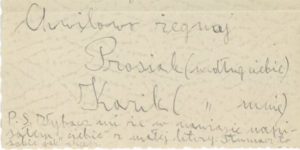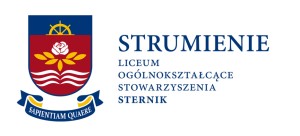Nowadays, in the era of the Internet when we communicate by messenger, snapchat, mails and other social media, the habit of writing letters is becoming less popular. However the interwar period in this regard was significantly different.
Because of the slow flow of information in the interwar period people weren’t up to date with things which were happening to their friends or extended family. That’s why letters were more extensive, full of details and descriptions. Now mails are short, empty of emotions and as pithy as they can be, whereas in letters they were writing about all of these things about which there was no way to talk. In Bogdan’s correspondence we find descriptions about theatrical performances, reports from trips but also normal situations from the everyday life of his friends. There are also shorter notes with New Year’s wishes, propositions of meetings, or requests for buying tickets for a forthcoming performance. Letters are emotional and they really show the character of the sender – everybody has their own style of writing, addressing the recipient and also starting and finishing the letters, so these people aren’t the same and each one in some way stands out.
Based on letters addressed to the teenage Bogdan Kajak which he received from his friends and his letter to his parents, we can distinguish a couple of rules which governed correspondence in those days.
First of all in every letter there was the day and place, which were information when and where the letter was written. Interestingly it was not always limited to the name of the city. Kazik – Bogdan’s friend – was writing short poems about his whereabouts. In almost all letters was an exclamatory greeting, ranging from the formal to the humorous. In the text occur some extra elements which we should pay attention to, for example, forms of courteous address, which were written with a capital letter. At the end there was always a signature. Mostly it was the name, the first letter of it or the initials of the sender.




